
Library → Models & frameworks
Resource library: models & frameworks
Bring some structure to the complex chaos of work, by applying these time-tested concepts.
Team dynamics
What makes for a high-performing team? These models can help you get to grips with how groups accomplish more together.
The five factors that make great teams tick, according to Richard Hackman.
Understand ‘forming, storming, norming & performing’, the four Tuckman stages of Group Development.
Are you a completer-finisher or monitor-evaluator? Find out more about the nine Belbin Team Roles.
Understand Lencioni’s ‘5 dysfunctions’ and overcome them through trust, candour, commitment, accountability and focus.
Managing others
Useful concepts for anyone responsible for managing other people.
Getting a promotion can come with some downsides - stress over managing the people you used to work with! But there are ways of managing the transition...
If something important needs to get done, make sure a specific person is responsible for it.
Do you really have to choose between caring about people and caring about results? This theory says: no!
Are you pushing knowledge ‘at’ someone, or pulling out what they already know? See how you can shift your style along the push-pull continuum.
Embrace this simple four-part framework to get started with coaching conversations.
Powerful and thought-provoking questions to pose in coaching sessions.
Discover the range of management approaches from autocratic to democratic. Learn how much to delegate, depending on the decision and team.
Use the skill/will matrix to assess the competence and commitment of your staff. Then use the right leadership style to support them!
Thinking and doing
Whether you’re coming up with ideas, prioritising work, devising a strategy or setting goals, these mental tools might help.
A six-stage process for answering the all-important question: "what on earth just happened?"
Discover the five factors that make a goal more motivating to strive for.
Test your ideas with a short experiment before rolling them out more widely.
Prioritise your work by deciding what a new product or process must, should, could and won't have.
Develop a strategy for managing stakeholders informed by their level of power, perspective and engagement.
Turn your SWOT analysis into tangible strategic options, using the TOWS matrix to guide your brainstorm.
Learn to capture your strengths and weaknesses, and identify opportunities and threats, as a foundation to you strategy.
Is your strategy a plan, ploy, pattern, position, or perspective – or maybe all of the above? Understand this key framework to sharpen your strategic skills.
Discover the meaning of Ikigai, how your work sits on the Ikigai chart – and how to pronounce it, of course!
How to get work done – and lead a team – when things are ever-so-slightly confusing (i.e. always)
Are you brave enough for a BHAG? Discover the theory of aiming for the almost-impossible
Brainstorm creative solutions by substituting, combining, adapting, modifying, putting to alternative use, eliminating and reversing.
An classic method to explore issues from six key perspectives.
Learn to set concrete, tangible goals that motivate others, using the SMART framework.
Diamonds are a problem-solvers’ best friend. Use this four-phase framework to analyse challenges deeply and generate creative solutions.
Make time to focus on what’s important, not only what’s urgent, using the Eisenhower Matrix.
Focus your energy on tasks that have the biggest impact for the lowest amount of effort.
Psychology at work
Discover how classic psychological concepts apply in the workplace, from the way we learn new skills to the things that make us feel motivated.
Is bad signalling really… well, that bad? Turns out, yes! Stop undermining yourself and start speaking with confidence.
The core dynamics of why some people get to tell other people what to do.
The right safety gear can enable climbers to take on more intimidating ascents – psychological safety empowers staff to take on important and challenging work.
Learn how the Kubler-Ross change curve, originally conceived to characterise grief, can help managers lead change at their organisation.
Take a look through this window and you might just increase your self-awareness.
We learn best when we step outside of our comfort zone – but whatever you do, don’t panic!
A classic psychological, motivational theory of five core needs that drive human behaviour.
Are you collaborating, competing, compromising, accommodating or avoiding?
Do you like to get stuck in, or do your research first? Discover your dominant learning style and how this concept can help at work.
The SCARF model by David Rock uses neuroscience to identify five drivers of emotional wellbeing, which provoke a reaction when threatened.
Discover the three drivers of intrinsic motivation, according to Dan Pink’s “Drive.”
Are you a driver, expressive, amiable or analytical? Find out how the Social Styles theory can help you communicate better at work.
Are you assertive, passive, aggressive - or even passive-aggressive? Find out in our quiz and explore these modes of communication in conflict.
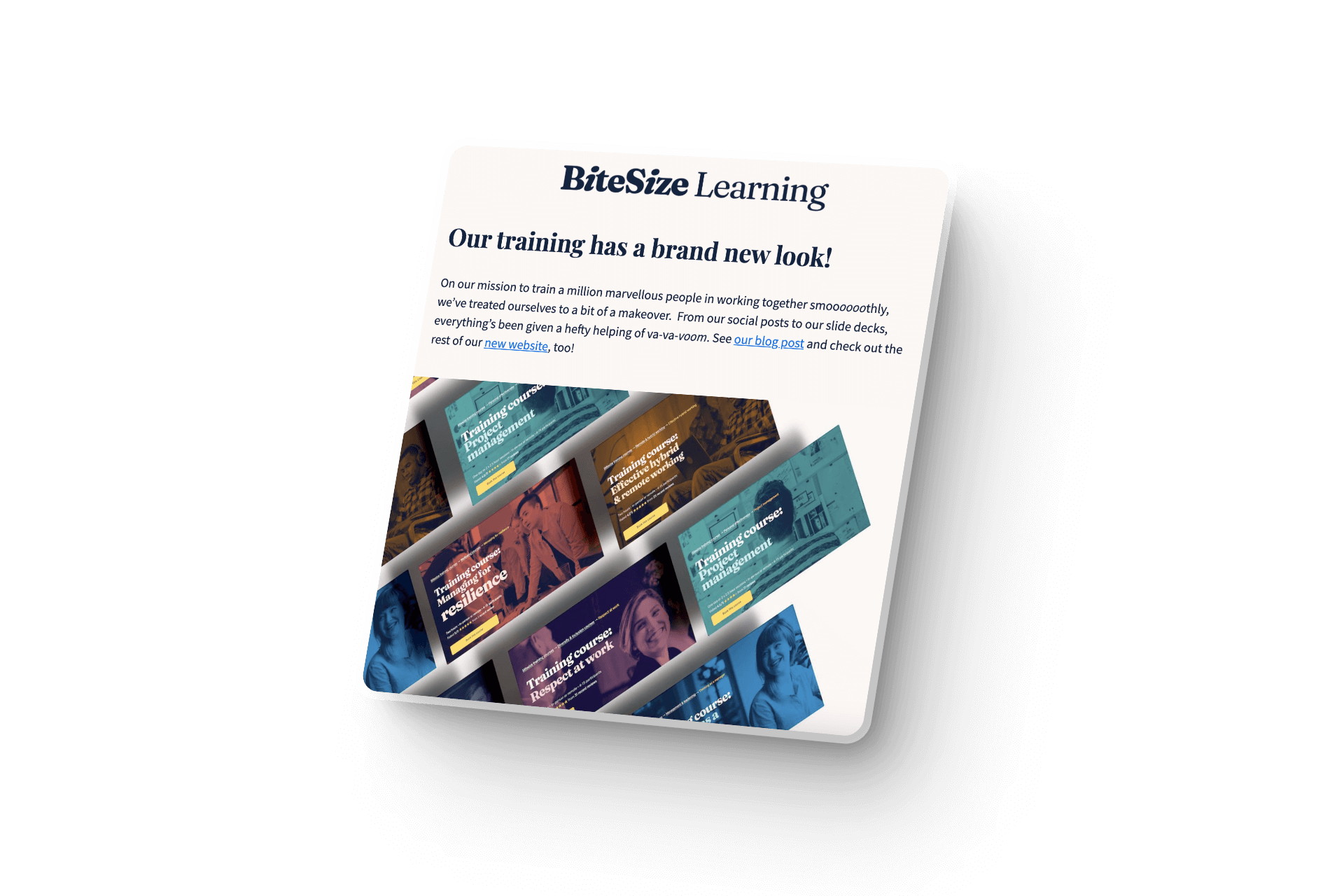




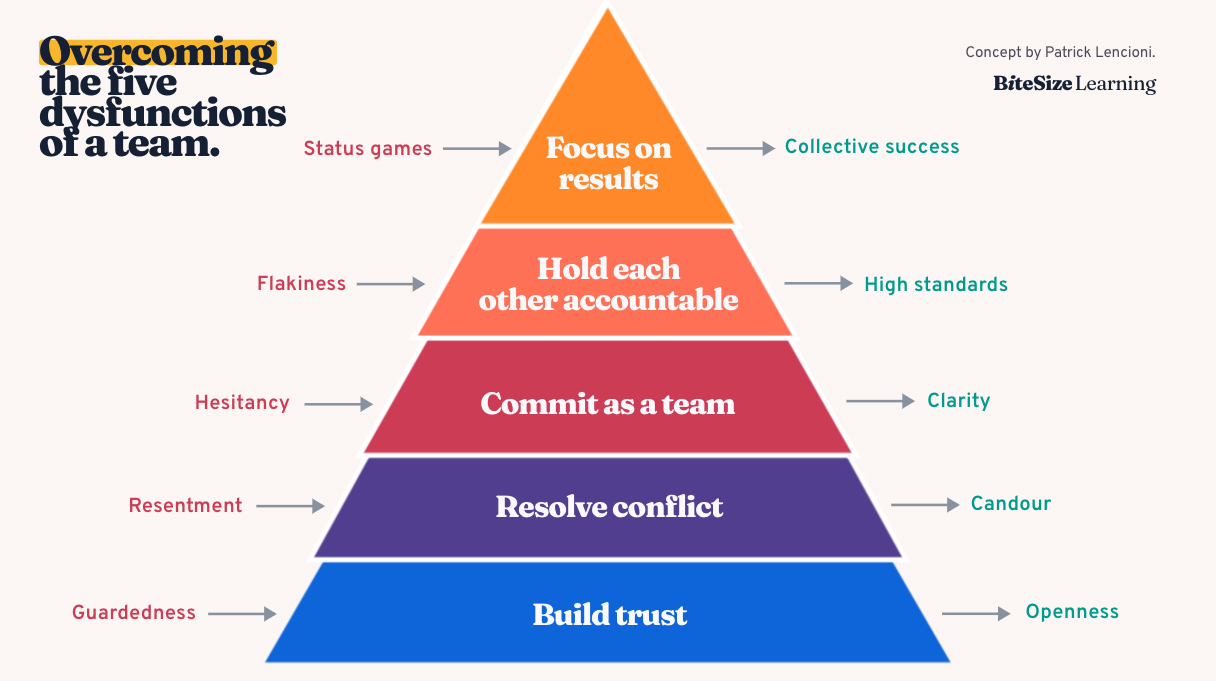




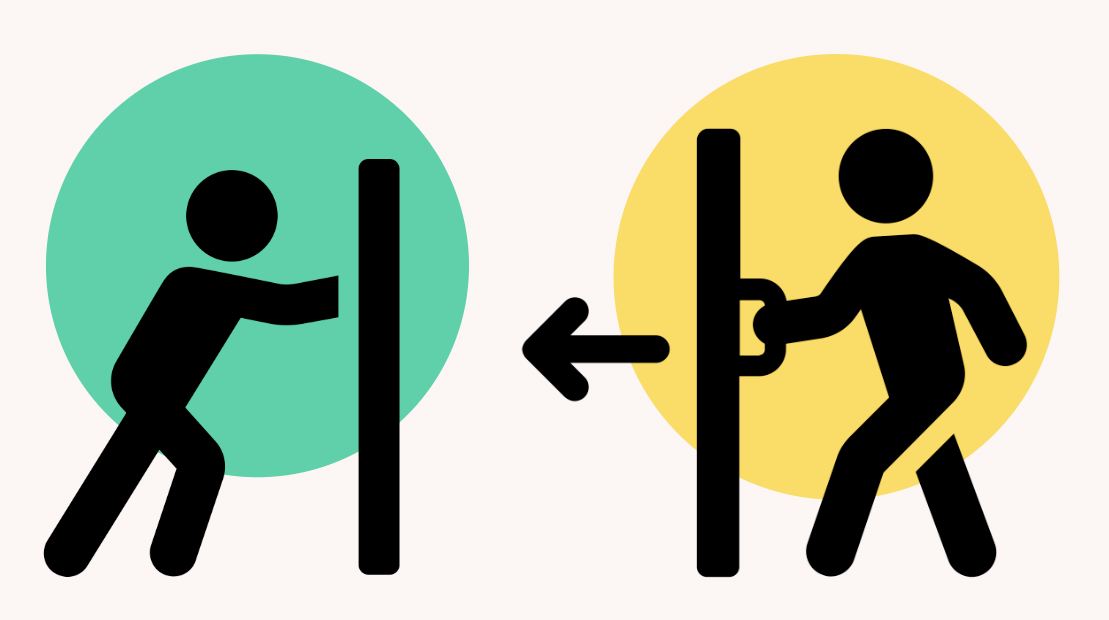


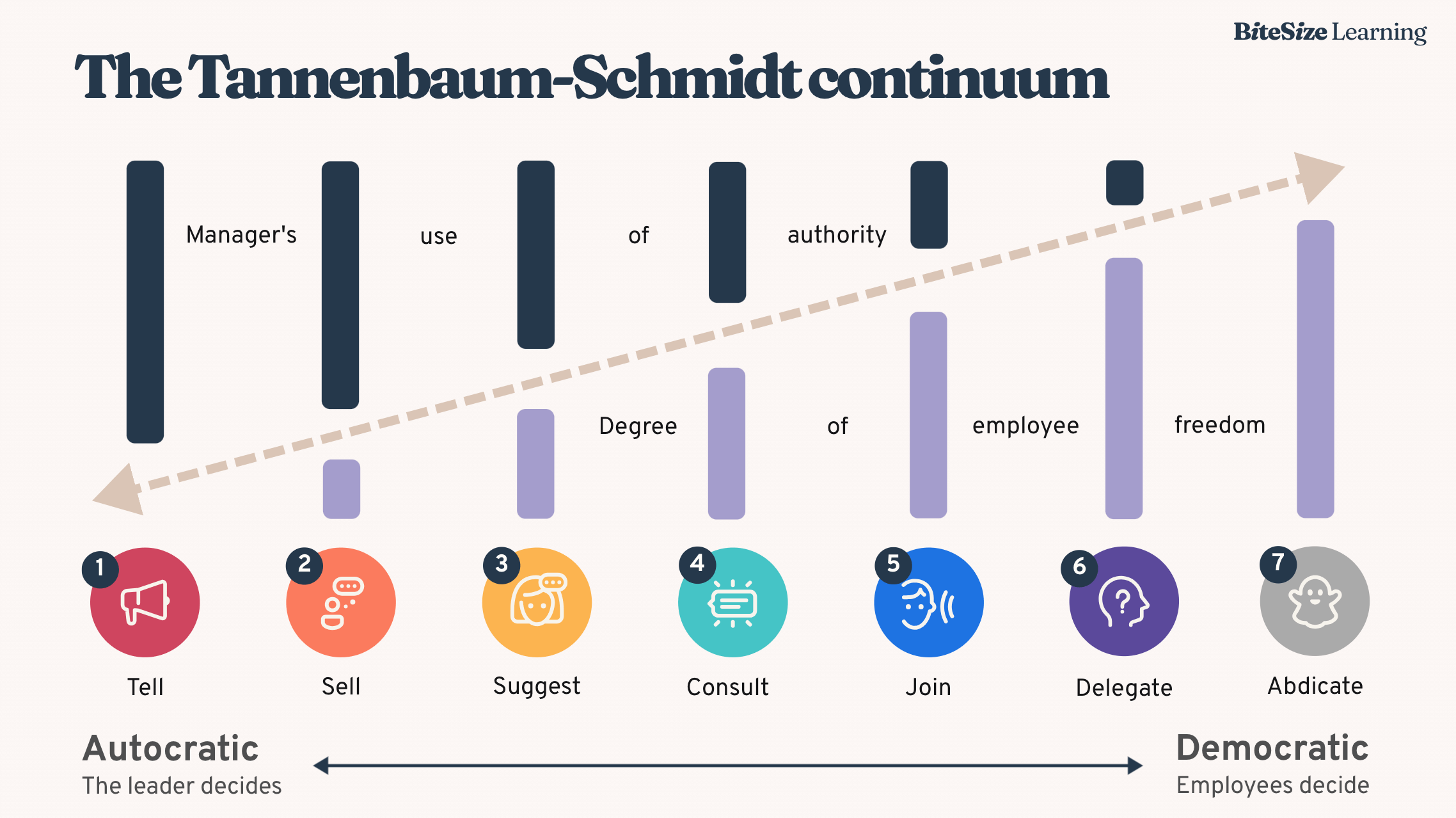


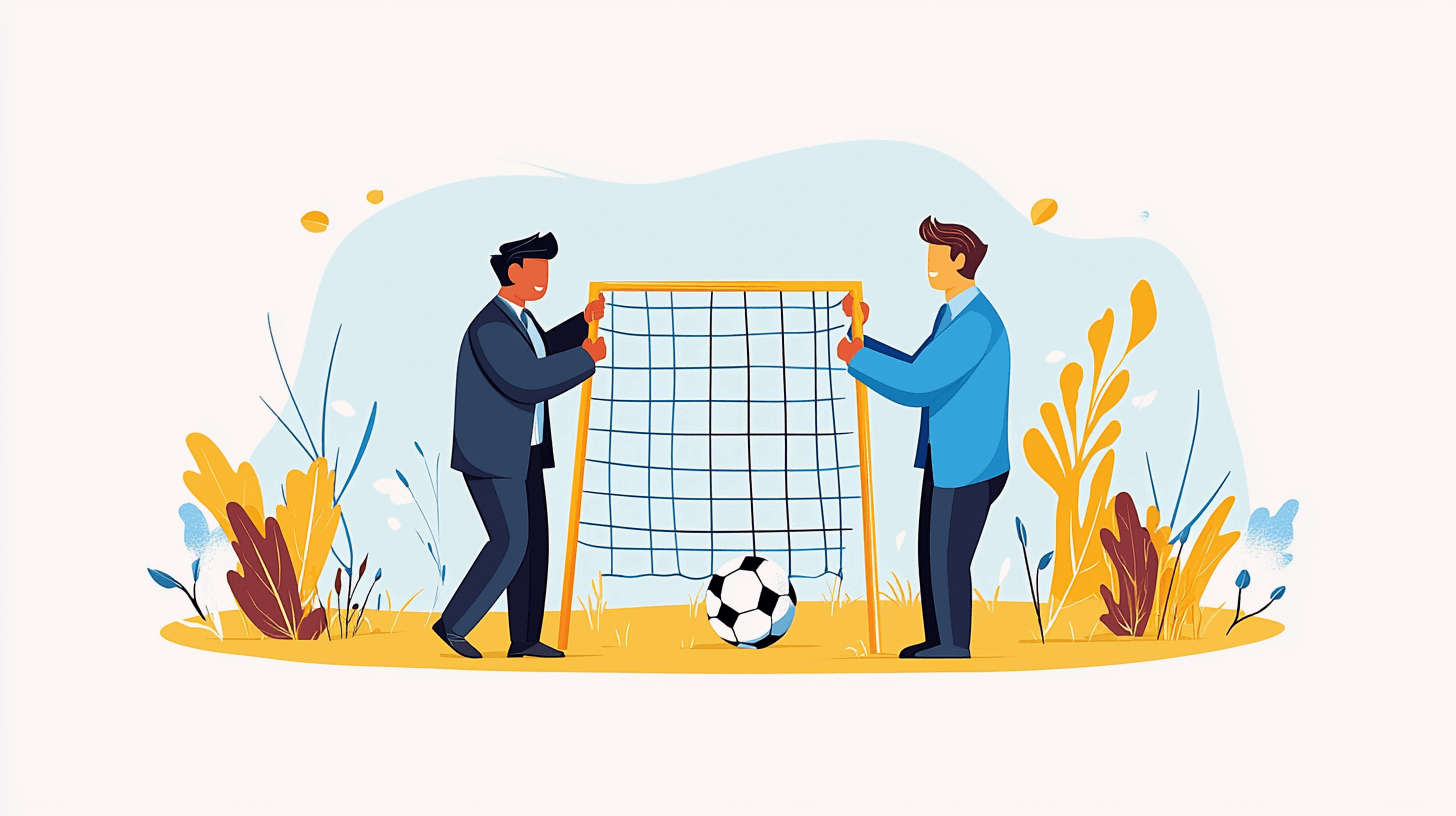
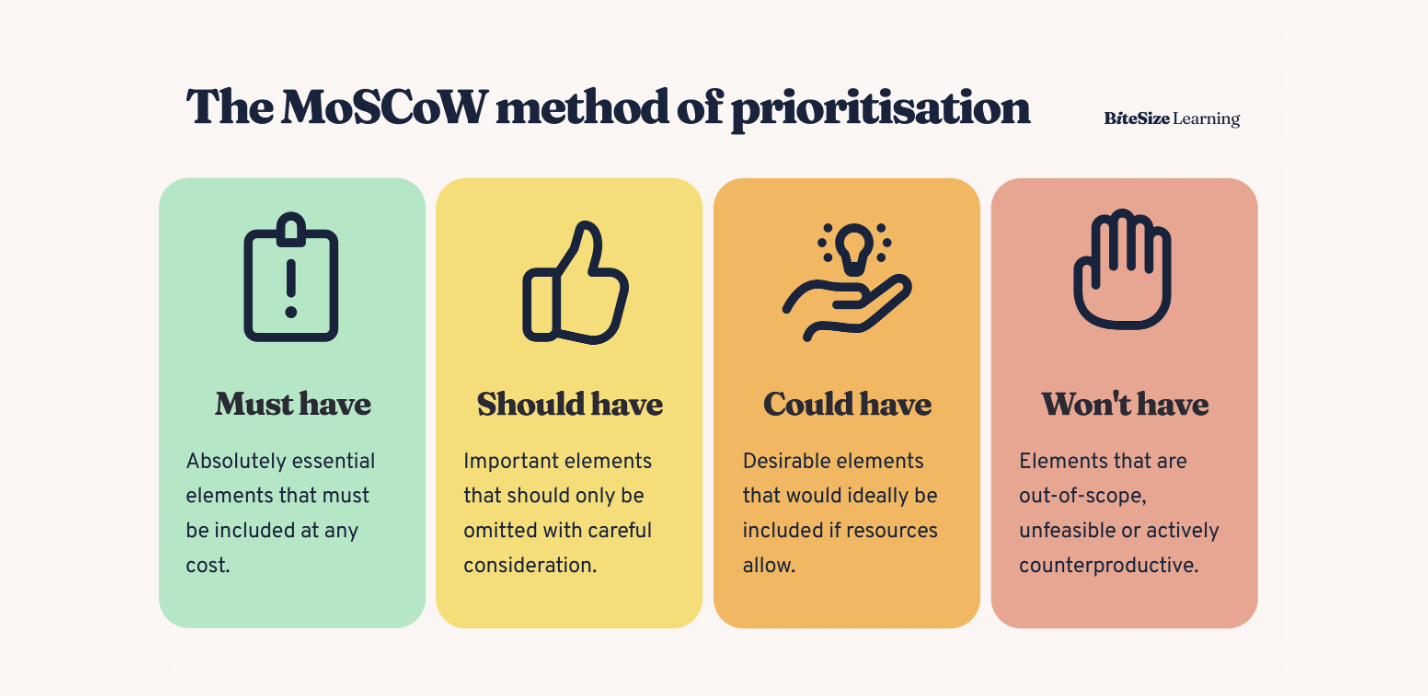

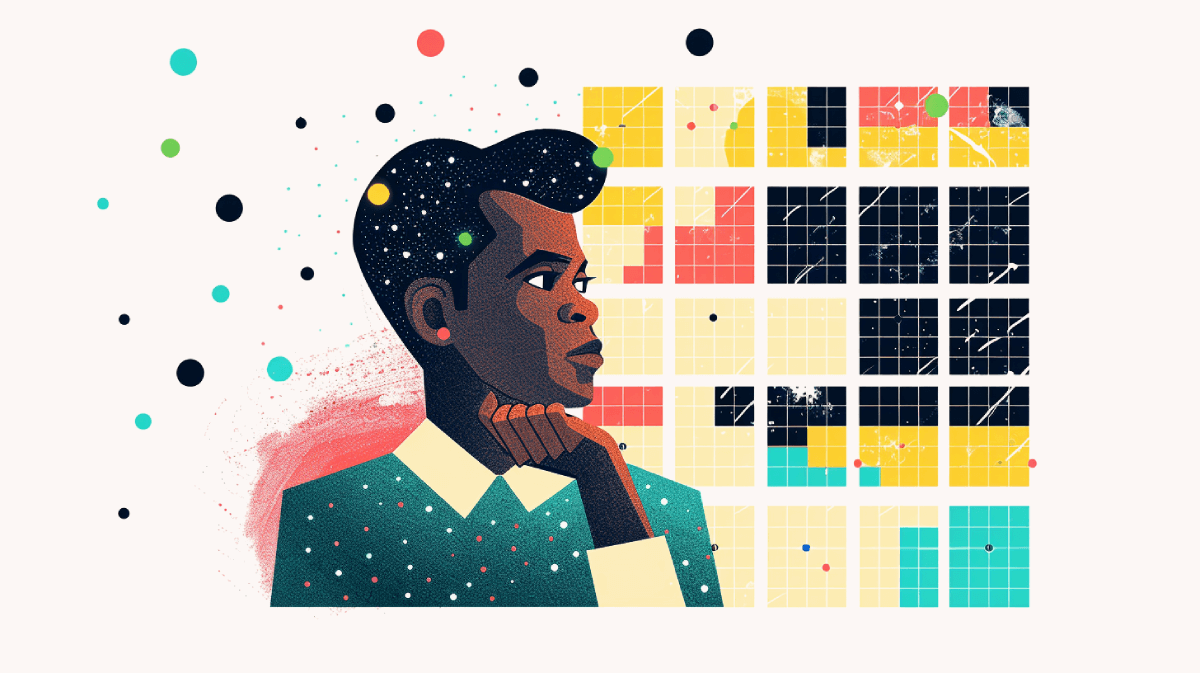












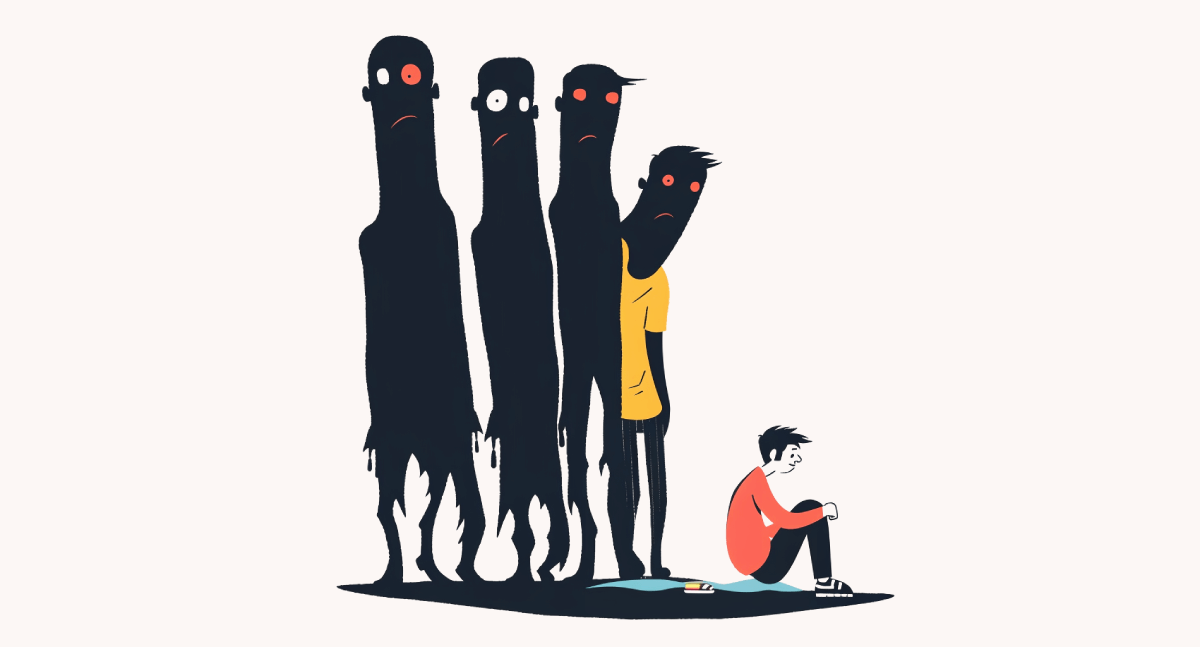
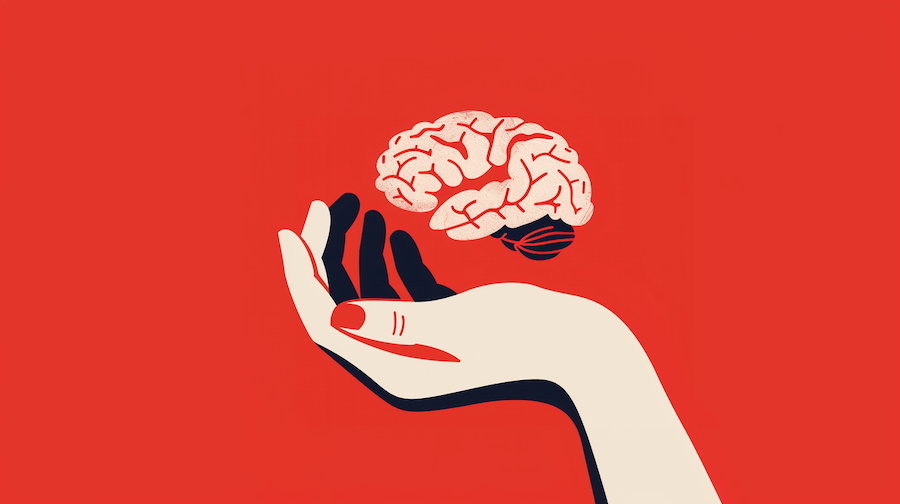









![Are you a submissive, assertive or aggressive communicator? [QUIZ]](https://images.squarespace-cdn.com/content/v1/6348398d9d21fd6277c64f96/4ea297e4-7a5a-4acd-80c7-22e9b17f2a41/assertive-aggressive-passive-quiz.jpg)